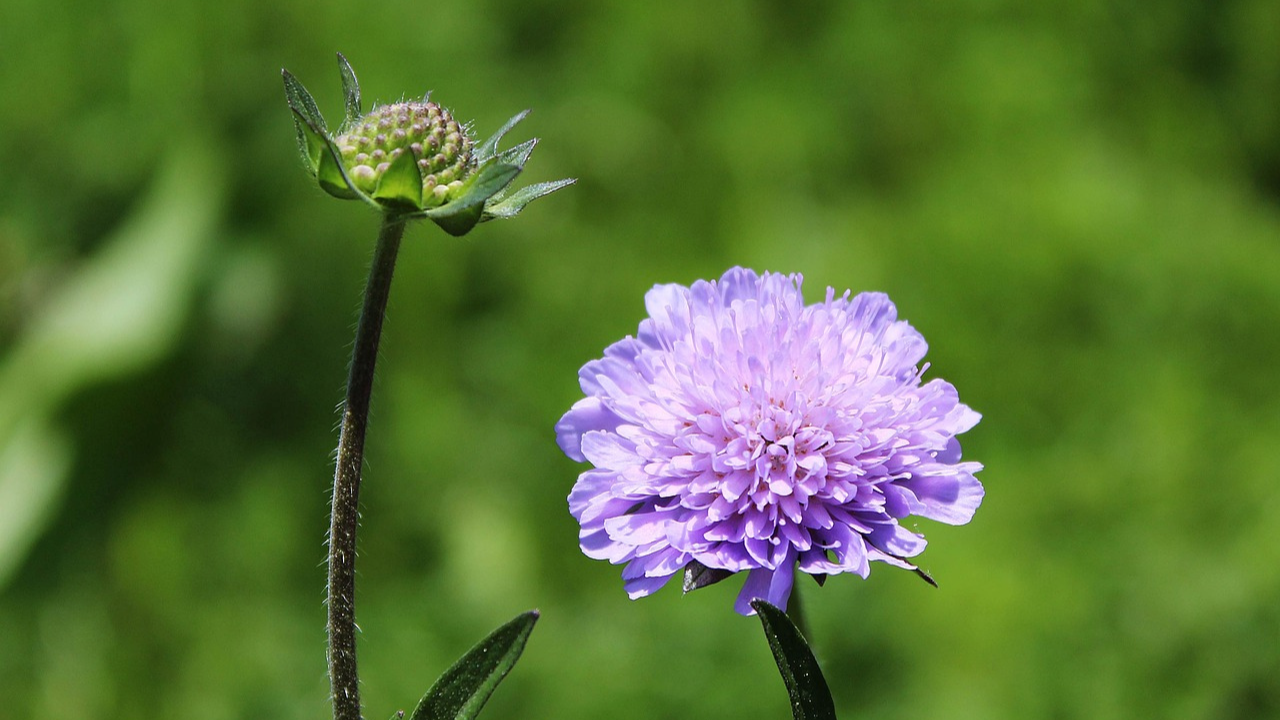Scabiosa flowers, also known as pincushion flowers, are beloved for their charming, pin-like stamens and delicate petals. If you're looking to add a touch of whimsy and elegance to your garden, growing scabiosa flowers is an excellent choice. In this comprehensive guide, we'll walk you through everything you need to know to successfully plant and nurture these beautiful blooms.
Introduction to Scabiosa Flowers
Scabiosa flowers belong to the honeysuckle family and are native to Europe and Asia. They are perennial plants that come in various colors, including shades of blue, pink, purple, and white. These flowers are not only visually appealing but also attract pollinators like bees and butterflies, making them a valuable addition to any garden.
Benefits of Growing Scabiosa Flowers
Aside from their aesthetic appeal, scabiosa flowers offer numerous benefits to gardeners. They are relatively low-maintenance and can thrive in various growing conditions. Additionally, their long blooming period extends from late spring to early fall, providing continuous color and interest in the garden.
Choosing the Right Location for Planting
When selecting a location for planting scabiosa flowers, opt for a spot that receives full sun to partial shade. These plants prefer well-drained soil with good air circulation. Avoid areas with standing water or heavy clay soil, as this can lead to root rot.
Soil Preparation for Scabiosa Flowers
Before planting, prepare the soil by amending it with organic matter such as compost or aged manure. This will improve soil structure, drainage, and fertility, providing an optimal environment for scabiosa growth.
Selecting and Planting Scabiosa Seeds
Scabiosa can be grown from seeds or transplants. If starting from seeds, sow them directly into the garden after the last frost date. Plant the seeds shallowly, no more than ¼ inch deep, and keep the soil consistently moist until germination occurs.
Watering and Maintenance Tips
Once established, scabiosa plants require moderate watering. Water deeply but infrequently, allowing the soil to dry out slightly between waterings. Avoid overhead watering, as this can promote fungal diseases.
Pruning and Deadheading Techniques
To encourage continuous blooming, deadhead spent flowers regularly. Additionally, prune back leggy or damaged stems to promote bushier growth and maintain a tidy appearance.
Dealing with Pests and Diseases
While scabiosa plants are relatively resistant to pests and diseases, they may occasionally attract aphids, slugs, or powdery mildew. Monitor your plants regularly and address any issues promptly with organic pest control methods or fungicides.
Supporting Scabiosa Plants
Tall varieties of scabiosa may require staking or support to prevent them from flopping over. Install stakes or plant supports early in the growing season to provide ample support as the plants mature.
Companion Planting with Scabiosa
Scabiosa flowers complement a wide range of companion plants, including lavender, salvia, and ornamental grasses. Their airy blooms and delicate foliage add texture and contrast to mixed borders and flower beds.
Harvesting Scabiosa Flowers
For cut flower arrangements, harvest scabiosa flowers when they are in full bloom but still in bud. Cut the stems at an angle and immediately place them in a bucket of water to prolong their vase life.
Propagation Methods
Scabiosa can be propagated through division or stem cuttings. Divide established clumps in early spring or take stem cuttings in late summer. Ensure that each division or cutting has several healthy roots attached for successful propagation.
Overwintering Scabiosa Plants
In colder climates, provide winter protection for scabiosa plants by mulching them with a thick layer of organic mulch. This will help insulate the roots and prevent frost damage during the dormant season.
Common Varieties of Scabiosa
Popular varieties of scabiosa include 'Butterfly Blue', 'Pink Mist', and 'Fama Deep Blue'. Each variety offers unique flower colors and growth habits, allowing you to experiment and create diverse planting combinations.
Conclusion: Enjoying Your Scabiosa Garden
In conclusion, planting and growing scabiosa flowers can be a rewarding experience for gardeners of all skill levels. With proper care and maintenance, these charming blooms will grace your garden with their beauty year after year. So roll up your sleeves, dig in the dirt, and watch as your scabiosa garden flourishes!

FAQs
-
Can scabiosa flowers tolerate drought conditions?
Scabiosa plants prefer consistent moisture but can tolerate short periods of drought once established. However, prolonged drought may affect flowering and overall plant health. -
Do scabiosa flowers attract pollinators?
Yes, scabiosa flowers are highly attractive to bees, butterflies, and other pollinators, making them a valuable addition to pollinator gardens. -
How often should I fertilize my scabiosa plants?
Apply a balanced fertilizer once a month during the growing season to promote healthy growth and abundant flowering. Avoid over-fertilizing, as this can lead to excessive foliage at the expense of flowers. -
Can I grow scabiosa flowers in containers?
Yes, scabiosa flowers can be grown in containers as long as they receive adequate sunlight, well-draining soil, and regular watering. Choose a large enough container to accommodate the plant's root system and provide support if needed. -
Are scabiosa flowers deer resistant?
While no plant is entirely deer-proof, scabiosa flowers are generally considered deer resistant due to their bitter-tasting foliage. However, hungry deer may still browse on them if other food sources are scarce.

